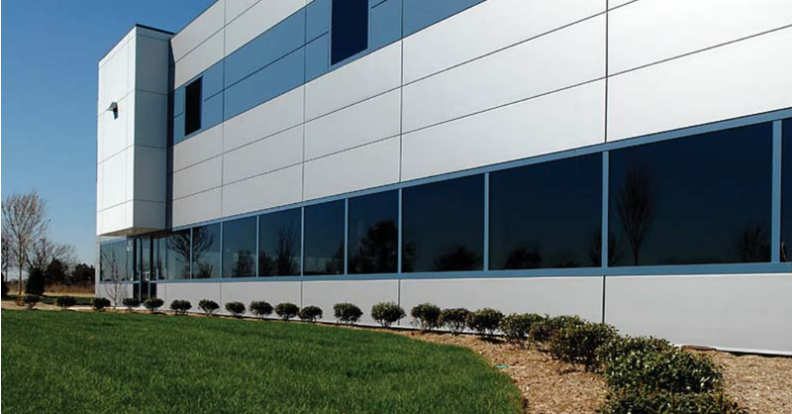Steel is not just a material; it’s a transformative force in the field of architecture. Praised for its versatility, durability, and aesthetic flexibility, steel has become a favorite among architects who push the limits of design and functionality. In this article, we delve into why architects choose steel and how it influences their creative process, shaping the very essence of contemporary architecture.

The Architectural Advantages of Steel
Strength and Durability: One of the primary reasons architects turn to steel is for its unmatched strength. It allows for the creation of structures that are both lightweight and incredibly strong, opening up possibilities for larger spans and thinner support structures, which are not feasible with traditional materials like concrete and wood.
Design Versatility: Steel is highly malleable, which means it can be molded into almost any shape desired. This allows architects to explore complex forms and structures that would otherwise be impossible. “Steel’s adaptability lets us think outside the conventional box and design buildings that are truly unique and reflective of modern aesthetics,” explains Sarah Kim, a leading architect in urban design.
Sustainability: Steel is one of the most sustainable construction materials available. It is 100% recyclable and often made from recycled materials. Utilizing steel significantly reduces the environmental footprint of new constructions. “Choosing steel is a responsible design decision that aligns with our commitment to sustainability,” notes environmental architect Jason Lopes.
Architectural Design with Steel: Case Studies
To better understand how steel is shaping modern architecture, let’s examine a few case studies where steel was pivotal in achieving both aesthetic and functional goals:
The Helix Bridge, Singapore: This stunning pedestrian bridge is a marvel of steel architecture. Its intricate, helical structure, made possible by the flexibility of steel, not only supports the bridge but also adds to its visual appeal, demonstrating how functionality and beauty can coexist.

The Shard, London: Designed by Renzo Piano, The Shard is an iconic example of how steel enables high-rise constructions to reach impressive new heights. The steel spire at the top of the building is a technical feat and a signature element that could only be realized through the use of steel.

The Challenges of Designing with Steel
Despite its many benefits, designing with steel comes with its set of challenges. Cost can be a factor, as steel framing often requires specialized design and labor. Additionally, steel’s conductive properties mean that insulation and energy efficiency need to be carefully considered to prevent heat loss and gain.
However, innovative solutions such as advanced thermal breaks and insulated panels are addressing these challenges, making steel a more practical option for a variety of climates and conditions.
The Future of Steel in Architecture
As technology advances, so do the techniques for working with steel. Architects are now leveraging 3D modeling software and advanced fabrication methods to create even more daring and complex designs. The future of steel in architecture looks promising, with continuous improvements in steel production and treatment allowing for even greater environmental and structural performance.

Conclusion
From its strength and flexibility to its sustainability and impact on design innovation, steel continues to be a fundamental material in modern architecture. It allows architects to fulfill their vision without compromising on aesthetics or environmental considerations, making it a preferred choice for future-focused building design. As we look to the skies and beyond, steel stands firm at the core of architectural advancement, embodying the spirit of modern construction. Learn more about our innovative approaches to steel construction at EcoSteel.














You must be logged in to post a comment.